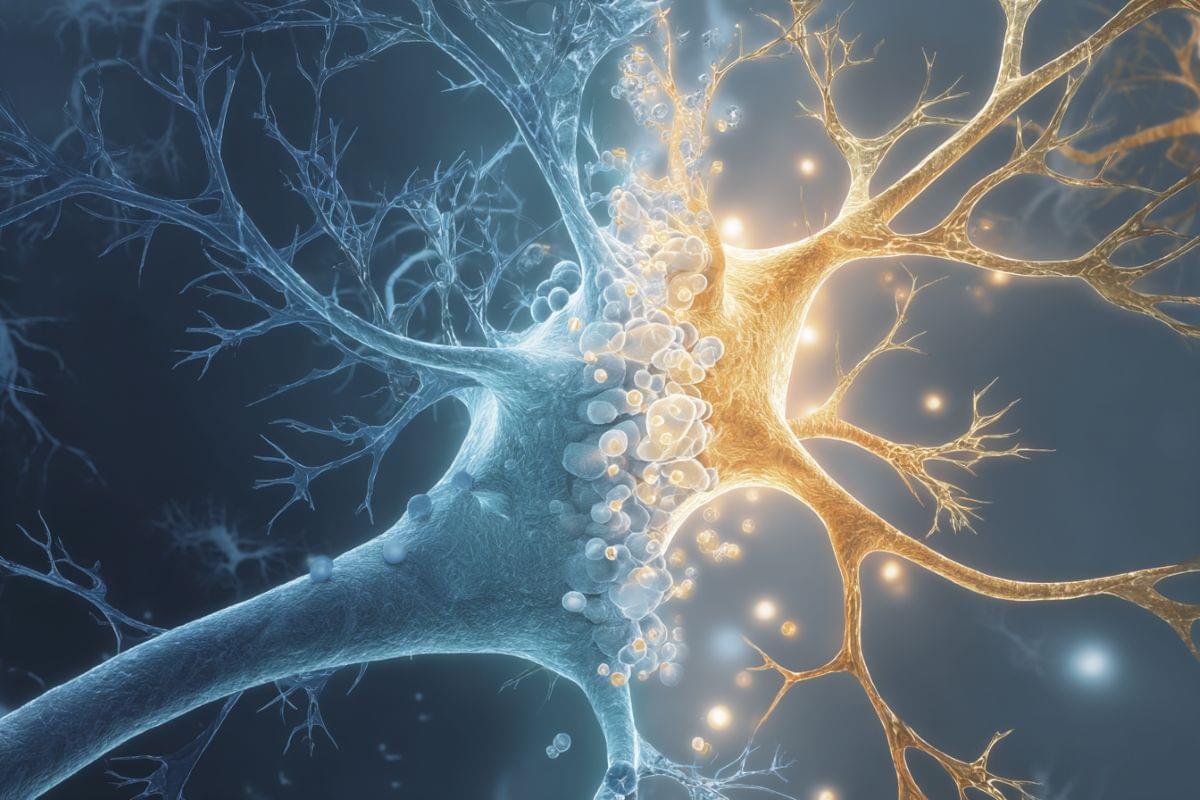Wireless charging has already radically simplified the use of the mobile phone: simply place the smartphone in a charging cradle and the energy flows. Porsche will soon be offering this user-friendly technology for electric cars as well.


Questions to inspire discussion.
💼 Q: How could Elon Musk’s ownership stake in Tesla change with this package? A: Musk’s ownership could increase to over 25% if he achieves all 12 tranches, potentially taking 10 years to complete, with voting rights granted earlier upon milestone achievement.
📊 Q: What is the significance of the proxy vote on September 15th? A: The proxy vote determines share count and equity incentive plan, potentially giving Musk voting rights for remaining shares from the 2018 package, accelerating his path to 20% ownership.
Tesla’s Growth and Profitability Targets.
📈 Q: What is Tesla’s final profitability target in the compensation plan? A: The plan targets $400 billion in EBITDA, comparable to Meta, Alphabet, and Microsoft at their $8.5 trillion market cap, suggesting Tesla’s potential value could reach $15–16 trillion.
🚗 Q: What are the specific product-related milestones in the plan? A: Key milestones include 20 million vehicles delivered, 10 million FSD subscriptions, 1 million robo taxis deployed, and 1 million bots delivered over a 5–10 year timeframe.
Questions to inspire discussion.
🌐 Q: How quickly will Tesla expand its robo taxi service? A: Tesla plans to rapidly expand access to its ride-hailing service in the Bay Area and robo taxi service in Austin, Texas, by scaling its fleet and improving autonomous driving technology.
🚕 Q: What impact will Tesla’s robo taxi service have on the ride-hailing industry? A: Tesla’s service is expected to disrupt traditional ride-hailing, potentially becoming the most cost-effective option for customers while advancing sustainable energy transition.
Revenue and Profitability.
📈 Q: How will the robo taxi service affect Tesla’s revenue? A: The service is anticipated to generate significant revenue for Tesla, leveraging its cost advantage and autonomous technology to become potentially the most profitable ride-hailing option.
🔋 Q: How does the robo taxi service align with Tesla’s broader mission? A: The service supports Tesla’s ambition statement of accelerating the world’s transition to sustainable energy while offering a competitive and cost-effective transportation solution.
A new study suggests the universe didn’t need inflation to begin. Instead, gravitational waves could explain how structure formed in the early cosmos.
Paper link: https://journals.aps.org/prresearch/a…
Chapters:
00:00 Introduction.
00:40 The Discovery/Event.
02:42 Scientific Significance & Theories.
04:48 Implications and What’s Next.
07:16 Outro.
07:54 Enjoy.
MUSIC TITLE: Starlight Harmonies.
MUSIC LINK: https://pixabay.com/music/pulses-star…
Visit our website for up-to-the-minute updates:
www.nasaspacenews.com.
Follow us.

A debate/discussion on ASI (artificial superintelligence) between Foresight Senior Fellow Mark S. Miller and MIRI founder Eliezer Yudkowsky. Sharing similar long-term goals, they nevertheless reach opposite conclusions on best strategy.
“What are the best strategies for addressing risks from artificial superintelligence? In this 4-hour conversation, Eliezer Yudkowsky and Mark Miller discuss their cruxes for disagreement. While Eliezer advocates an international treaty that bans anyone from building it, Mark argues that such a pause would make an ASI singleton more likely – which he sees as the greatest danger.”
What are the best strategies for addressing extreme risks from artificial superintelligence? In this 4-hour conversation, decision theorist Eliezer Yudkowsky and computer scientist Mark Miller discuss their cruxes for disagreement.
They examine the future of AI, existential risk, and whether alignment is even possible. Topics include AI risk scenarios, coalition dynamics, secure systems like seL4, hardware exploits like Rowhammer, molecular engineering with AlphaFold, and historical analogies like nuclear arms control. They explore superintelligence governance, multipolar vs singleton futures, and the philosophical challenges of trust, verification, and control in a post-AGI world.
Moderated by Christine Peterson, the discussion seeks the least risky strategy for reaching a preferred state amid superintelligent AI risks. Yudkowsky warns of catastrophic outcomes if AGI is not controlled, while Miller advocates decentralizing power and preserving human institutions as AI evolves.

In the 17th century, German astronomer Johannes Kepler figured out the laws of motion that made it possible to accurately predict where our solar system’s planets would appear in the sky as they orbit the sun. But it wasn’t until decades later, when Isaac Newton formulated the universal laws of gravitation, that the underlying principles were understood.
Although they were inspired by Kepler’s laws, they went much further, and made it possible to apply the same formulas to everything from the trajectory of a cannon ball to the way the moon’s pull controls the tides on Earth—or how to launch a satellite from Earth to the surface of the moon or planets.
Today’s sophisticated artificial intelligence systems have gotten very good at making the kind of specific predictions that resemble Kepler’s orbit predictions. But do they know why these predictions work, with the kind of deep understanding that comes from basic principles like Newton’s laws?


💹 Starship’s efficiency could potentially make it highly profitable, “making tons of money like a Tesla.”
🚨 Starship IFT-10’s success has reignited bold ideas for a Starship Starport Global Network.
Could Rocket Cargo really replace today’s air and sea freight? 🚀
In this episode of @overthehorizon, Chris Smedley and Scott Walter join me for a deep dive on the Starport Network vision — offshore launch pads, mobile rigs, and eVTOL last-mile links — and ask if suborbital rocket cargo can outcompete aircraft and ships.
We explore 👇🏽
🚀 How Starship’s scale changes global logistics.
🌍 Why rocket cargo could disrupt ports, airlines, and shipping.
⚡ The “rocket time dilation” effect that multiplies daily throughput.
🛳 From oil rigs to Starports: how offshore hubs could reshape trade.
🔮 First use-cases: military logistics, high-value freight, GCC & island tourism.
Starship Starports may be the end of hubs, choke points, and slow supply chains. But can they really replace air and sea?